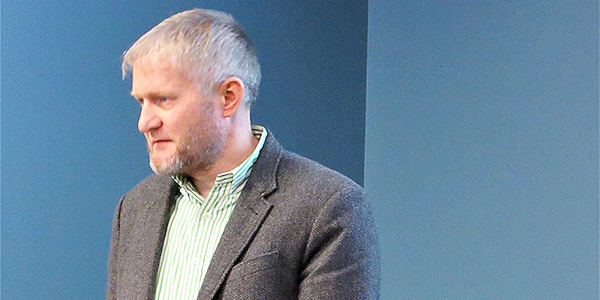By Amanda Durish Cook
CARMEL, Ind. — MISO officials are still hashing out how they can best model and analyze energy storage-as-transmission in the RTO’s transmission planning process.
During a Dec. 10 Reliability Subcommittee meeting, MISO Senior Manager of Expansion Planning Edin Habibovic said planning for storage-as-transmission boils down to four key modeling factors:
- Determining the voltage, thermal or stability need;
- Asking if storage is the most effective, efficient and economical solution;
- Examining what level of megawatt or mega volt amps of injection is needed to resolve the issue; and
- Investigating how long the reliability issue usually lasts.

Habibovic said MISO also must study how frequently a storage asset would have to operate to resolve a reliability issue and how that cycling may impact the operational life of the asset. He also said MISO will need to look into seasonal load levels to estimate how often the asset may be dispatched in scenarios under the RTO’s annual Transmission Expansion Plan (MTEP).
Storage solutions would also be evaluated to make sure charging and discharging don’t cause harm either to the MISO transmission system or to generation projects in the definitive planning phase in the interconnection queue, Habibovic said.
“Just like any other reliability project, it can’t solve one problem and cause another,” he said.
But storage could be dispatched to minimize transmission system upgrade needs from generation projects in the definitive planning phase of the interconnection queue, he said. The result would be more flexibility in modeling the definitive planning phase.
WPPI Energy’s Steve Leovy asked if MISO would employ a storage-as-a-transmission-asset (SATA) study process on solutions submitted for MTEP 19. Habibovic said MISO would study storage projects and might provide additional MISO assessments and discussions about the study results and feasibility of such projects. MISO already has at least one proposed storage project lined up for study under Appendix A of MTEP 19.
So far, MISO is only proposing a model for storage to act as a transmission reliability solution, solving thermal, voltage or stability issues. The RTO is leaving more complex SATA issues for later rules. (See Few Clear Lines in MISO Storage as Tx Plan.)
MISO is accepting stakeholder comment on the challenges and benefits of incorporating transmission-level storage in reliability planning through Jan. 7.
Inverter Projects to Prove Stability
MISO has added an option for owners of inverter-based generation to prove the system won’t suffer degraded reliability because of their projects.
In October the RTO said it was mulling requiring owners of inverter-based resources to supply their short-circuit ratios at the point of interconnection before completing an application to enter the queue. (See MISO Moving to Head off Inverter-based Instability.)
Interconnection customers with an inverter-based project can now demonstrate a stable interconnection later in the queue process using one of two demonstration methods.
According to MISO interconnection engineer Warren Hess, project owners can either submit an Electromagnetic Transients Program (EMTP) study report confirming stable operation or, by the first decision point about 120 days into the queue, submit a short-circuit ratio at the point of interconnection and a manufacturer’s letter stating the equipment operates reliably.
As with the first proposal, any project owner unable to prove stable operation must either add equipment to raise the short-circuit ratio or reduce the size of the project.
MISO is accepting another round of feedback on the proposal through Jan. 2.



